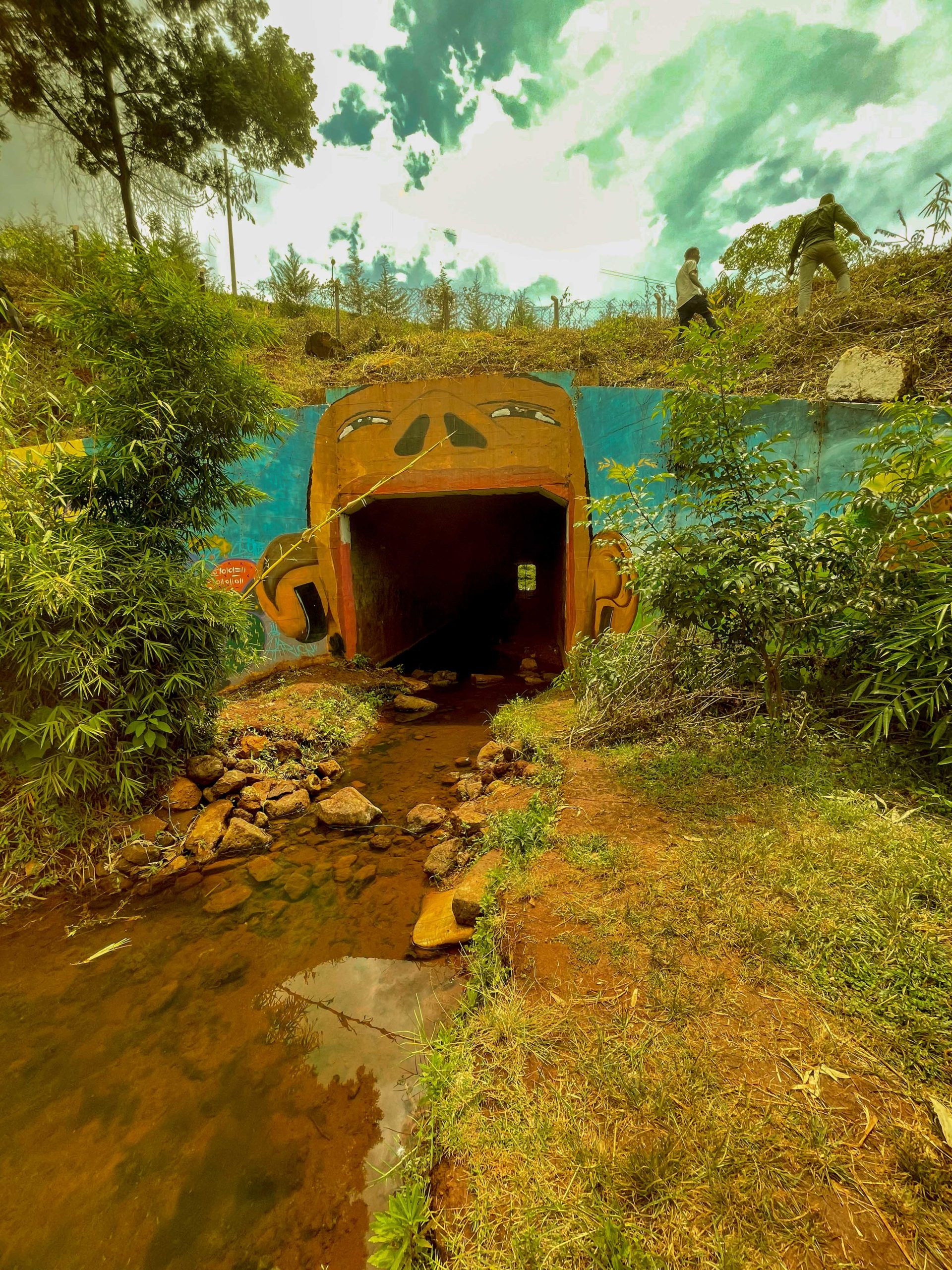As we mark the 51st anniversary of the signing of the Convention on Wetlands in Ramsar, Iran, we can begin to appreciate our historic roots within this diverse ecosystem.
Centuries ago, early humans found refuge in wetlands as sources of fresh water, abundant food, and building materials.
Today, we rely on wetlands to fulfil much of the same role, but our reverence of and treatment of these ecosystems have changed significantly.
As such, the importance of today as World Wetlands Day cannot be understated.
Why are wetlands important?
Wetlands are most easily understood as transition zones between terrestrial and aquatic environments, exhibiting characteristics of both and often fluctuating between the two.
They occur on all continents including (arguably) Antarctica and estimates of their extent lie between 3 and 10 percent of the world’s land surface.
There exist a large variety of different wetlands, characterized by factors including water saturation, seasonality, dominant vegetation, and geographical location.
Some common examples include swamps, mangrove forests, and floodplains.
Despite covering a small percentage of the Earth’s land surface, wetlands play a big role. With an abundance of all the basic building blocks of life, wetlands are biodiversity and bio-productivity hotspots.
Apart from their importance as natural habitats, this extreme concentration of wildlife along with other unique ecosystem characteristics make wetlands some of the most effective natural net carbon sinks.
According to some estimates, 20 to 30 percent of the Earth’s soil pool of carbon is stored in wetlands, a crucial factor in the age of ever-increasing emissions.
Another key aspect of wetlands is their role as filters, regulators, and reservoirs of water transfer.
A clear example is in the mangrove forests along the Indian Ocean. These mangroves mitigate the effects of the regular monsoons by soaking up and then slowly releasing water, preventing flooding.

Wetlands also act as filters and water purifiers, a result of built-up sediment and the abundant biosphere up-taking nutrients and pollutants from water flowing through.
Threats to wetlands
The biggest threat to wetlands today is land use change and its associated effects.
One of the most important factors of human settlement is access to fresh water and the majority of the population lives on the coast.
As human territories expand, wetlands are dredged, pumped or otherwise filled in to take advantage of the highly fertile soil and to make space for agriculture, industry, transport, or ever-increasing urbanization.
An estimated 70 percent of today’s wetland cover has already been damaged or impaired through pollution, biodiversity loss, and land use change.
The negative effects range from flooding and polluted water sources to severe increases in carbon emissions to impacted economic gain from fishing or tourism.
Sustainable management of wetlands
One of the most important steps in developing sustainable wetland management systems was the recognition of the effect they play on maintaining food and water security.
Various projects have been implemented to preserve, restore, and even create wetlands to solve pressing issues.
The most traditional approach is the designation of protected areas. This, however, is not always the most appropriate option.
Small-scale agriculture dependent on wetlands for continued survival such as the chinampas of Mesoamerica and the dambos of southern Africa began developing methods to preserve their wetlands against pollution, degradation, and water loss.
Results showed that avoiding cultivating in wetlands while rotating cultivation sites as the water table shifted seasonally helped improve productivity and prevent over-exploitation of soil in an area.
This was also helped by inter-planting crops with agroforestry trees and preserving areas of natural vegetation, facilitating water infiltration.
The result was better management of the wetland catchment area and improved productivity with minimal land use change.
In areas where water treatment is difficult and expensive, efforts have been made to create artificial emergent wetlands as a solution for environmental restoration, flood management, and urban area wastewater treatment.
The Tres Rios Wetlands in Phoenix, Arizona is perhaps the most successful of these projects located in the arid deserts of Arizona and dependent on riverine flow nearly all freshwater input.
Created wetlands are often of large economic importance and are generally cheaper to construct than technological solutions of similar scale.
The difficulty of them lies in the management and implementation of sustainable methods and convincing the various stakeholders to have an appropriate mindset in the treatment of the ecosystem.
How can we help?
As awareness increases on the topic of wetland conservation and its economic incentives, scientific innovation has started to create new opportunities for restoration.
These projects range from reusing land and substrate from mining operations to creating artificial wetlands, to purifying polluted water and enhancing fertility and carbon sequestration using biochar.
In areas where water filtration is key, sediment traps including Eco-Blox have been developed and implemented with general success.
There have also been several projects aimed at developing disease-resistant variants of certain key vegetation in coastal wetlands, often to prevent huge die-offs that lead to large increases in erosion and wetland loss.
For those not directly involved in land management or conservation, it can be difficult to believe that you can help or affect meaningful change.
The World Wetlands Day website is the perfect resource for those who want to help in this deeply important and degrading ecosystem.
—————————– End
Jote Teodor Cika recently completed his B.Sc in Marine Biology; and Environmental and Geographical Sciences at the University of Capetown
He is our first guest for the Alliance’s new Youth Voice Initiatives. He can be reached at jote.t.cika@gmail.com
